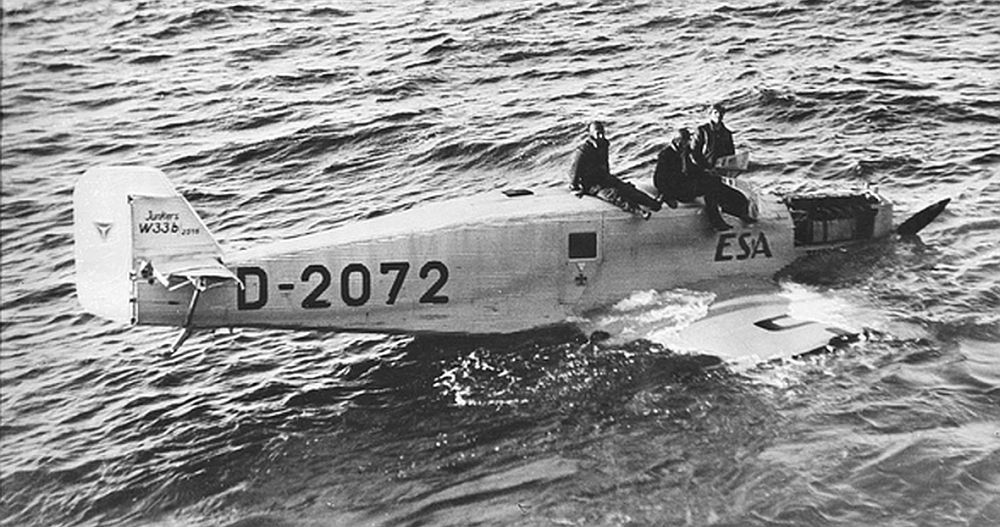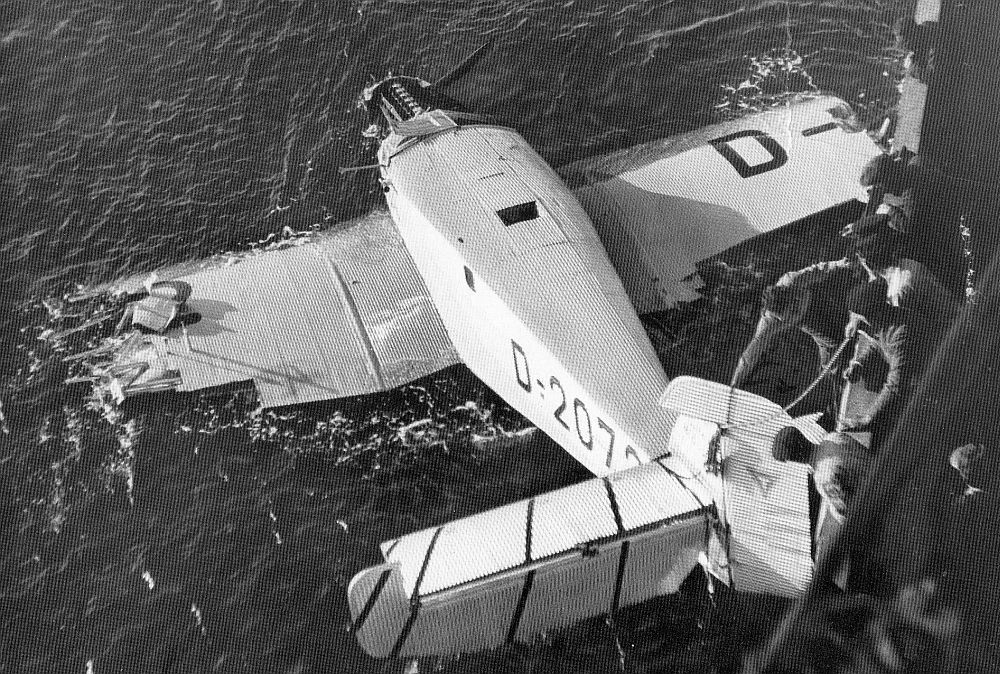Zeldman
Touchdown! Greaser!
Use hydrogen, it's cheaper and can be a reserve fuel.
Much better idea..!!!
Use hydrogen, it's cheaper and can be a reserve fuel.
Explosive bolts on the engine mount?! Where do I sign up?you could do something like this:
2 small tanks of spray foam with nozzles to inject the foam into floor/wings.
explosive bolts on the engine mount to jettison that heavy anchor
Upon ditching pull red handle and engine sinks and low desnity foam is injected and sets up in seconds, providing buoyancy to float on water until coast guard appears to give you ticket for operating a vessel w/o registration.

There has never been a failure of an explosive bolt system in the US program.Explosive bolts on the engine mount?! Where do I sign up?
That is more serious than you may think, every video I've seen the aircraft goes tail up and starts to sink. you ain't getting the doors open until the cabin is fully under water.Not if you open the door to get out
That is more serious than you may think, every video I've seen the aircraft goes tail up and starts to sink. you ain't getting the doors open until the cabin is fully under water.
To pick a nit (Hey! It's POA!) IF the remaining 10 compartments had remained air filled, the Titanic would not have sunk. The problem was as it tipped forward the water flowed over the partition into the next compartment, etc. They were only water tight up to somewhere around the deck line.
John
And put explosives throughout the ship to make sure people can get out.Clearly they should have filled that thing with foam...
I personally think it's a solution looking for a problem.I'm glad to see that the creative minds of the POA community are just as clogged as usual.My thinking wasn't so much for a retro fit to existing legacy airplanes most of us fly, but rather new planes and new designs. The typical GA single is full of empty space, space that could be used to make a plane float at very low cost.
As most know I live in an area that has lots of water to fly over, I have seen a few owners that carry a raft, I always ask, "how are you going to get it out of the baggage area, and deploy it prior to the aircraft sinking" always get a blank stare.
I am aware of that. Do you seriously think that if the cabin area is flooded the remaining volume in a typical GA aircraft shape can displace enough seawater to keep it afloat? Not having done the volumetrics I can't say with certainty, but I do have my doubts.
Can you get every one out, the baggage area open, then drag out a raft in 30-60 seconds?

I personally think it's a solution looking for a problem.
No need for the snarkiness. Foam isn't the solution. Also I wouldn't fly a single outside of gliding distance of land.Of course it is. Our old piston engines never quit, particularly over water. Really, I have no idea why they even make those dumb inflatable rafts. they really aren't needed.
OK, just design inflatable "beach balls" that when inflated conform to a given compartment shape. Remove and install them as you feel necessary, if that'll make you feel better.I'm glad to see that the creative minds of the POA community are just as clogged as usual.My thinking wasn't so much for a retro fit to existing legacy airplanes most of us fly, but rather new planes and new designs. The typical GA single is full of empty space, space that could be used to make a plane float at very low cost.
Buy an old Bellanca, they float.


I have no idea why it floats this well, but this is what I'm talking about. Here's a picture of the recovery-
OK, just design inflatable "beach balls" that when inflated conform to a given compartment shape. Remove and install them as you feel necessary, if that'll make you feel better.
